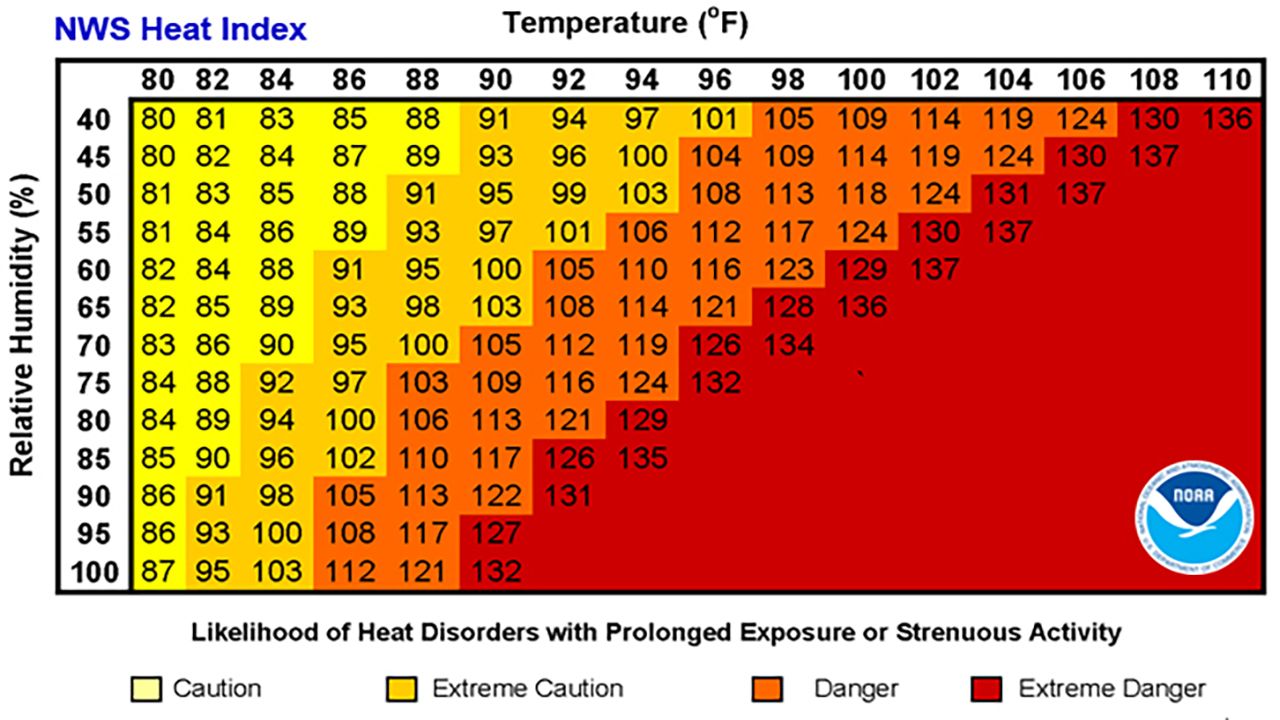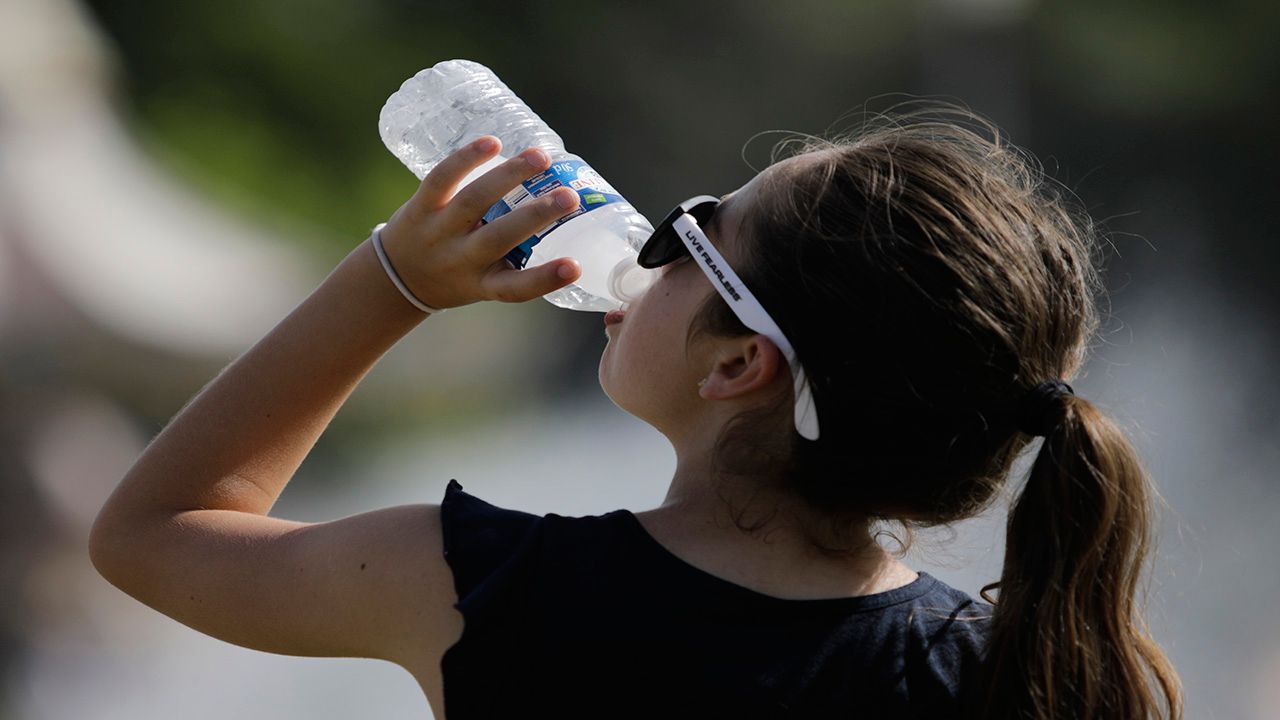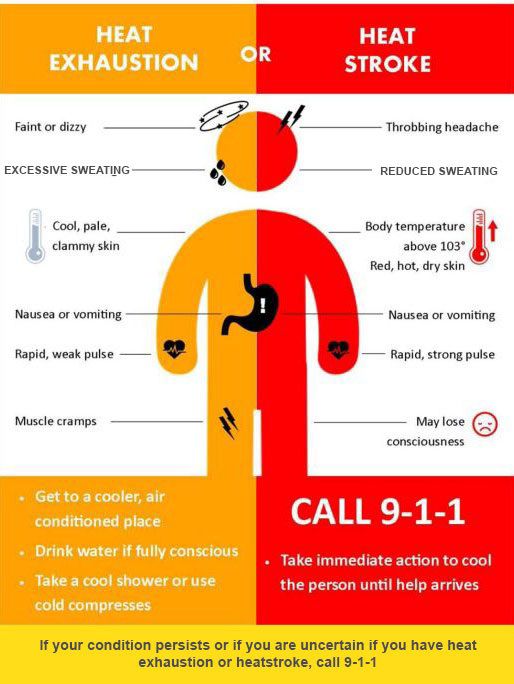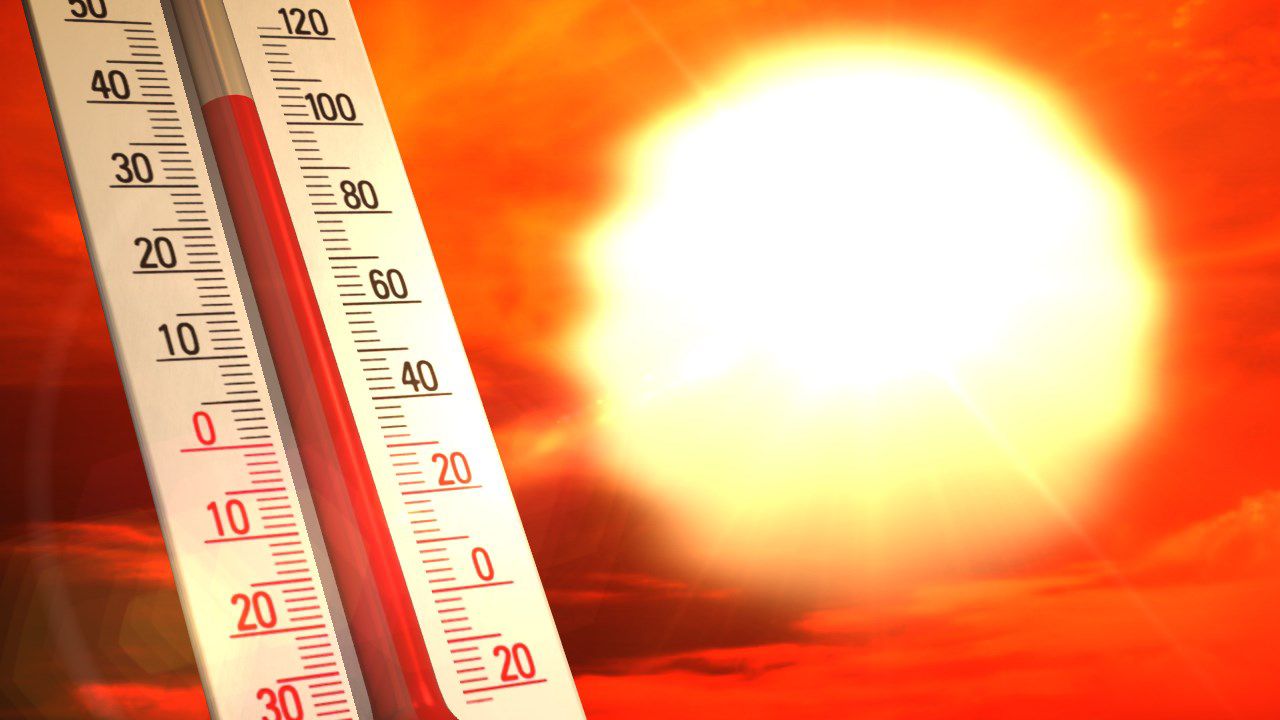Things are heating up across the Buckeye State, with the 80s, a few 90s and higher humidity levels becoming more and more common.
With the official start of summer just around the corner, let's explore some of the advisories, watches and warnings that we may see as the mercury rises this summer.
What You Need To Know
- Advisories, watches and warnings are issued when the heat becomes dangerous for humans
- Local National Weather Service offices have different criteria to issue, based on region
- It's always best to limit the amount of time you spend outside when a statement is issued
It's not just the air temperatures that soar this time of year, but the dew point as well. Simply put, the dew point is the temperature to which air must be cooled to become saturated with water vapor. When cooled beyond that (which gives us 100% humidity) liquid water can form. The closer the dew point is to the temperature, the more muggy or humid it will feel. High humidity and high temperatures combine in the spring and summer to make it feel stuffy, muggy, sticky and uncomfortable.

At night, this can cause fog, dew (hence the name). During the day- especially during the hottest part of the day, humid air and high temperatures together can form dangerously high heat index values. When the heat index (or feels like temperature) affects our health and safety, advisories, watches and warnings are issued.
It's important to note that all weather alerts are issued by the National Weather Service, not local media.
While many local offices have their criteria based on regional climate patterns, a heat advisory is generally issued when the temperatures reach a point where health conditions like heatstroke may occur in people not used to those conditions.
In cooler climates, like Maine or Vermont, one can expect the threshold to be lower than, say southern California. A few days in the upper 90s to near 100 should do it for most locations, give or take.
Not only will the weather service issue the advisory, but a time frame will be provided, usually alongside tips to stay cool and precautions to take, especially if you're susceptible to heat-related illness.

A bit more serious, issuing an excessive heat watch has a few more ground rules that apply across the US. The national weather service will issue this watch when the daytime heat index values reach 105° across the northern states, or 110° across the southern states for two or more consecutive days.
A watch will also be issued if, at night, temperatures stay above 75° for two nights or more in a row. While many local offices still have their own rules depending on regional averages, the general rule above can usually be applied when a watch is in place. Here, we're talking about not just uncomfortable weather, but dangerous conditions for the very young, very old and those in poor health to be in for any length of time.
In heatwave situations, where we see prolonged periods of extreme temperatures, and excessive heat watch may last for several days on end until the temperatures cool.
Now we're cooking.
The criteria for an excessive heat warning are more uniform coast-to-coast, border-to-border, with much smaller variations. In the most extreme situations, an excessive heat warning is issued if forecasters are expecting a heat index of over 105° for over three hours per day within two consecutive days, or if the heat index is expected to reach over 115° for any amount of time.
Once again, local offices in extreme climates still can tweak what constitutes a warning, but no one should spend any considerable amount of time outdoors when an excessive heat warning is issued. Heatstroke, heat exhaustion and many other heat-related illnesses can occur and can occur fast in the most extreme heat.

It's not just a danger to those up in age or with health issues; each year, younger athletes are hospitalized in excessive heat because of rapid heart rates, exhaustion and the fact that the human body just cannot remain healthy in conditions that warrant the warning.
In a warning situation, it is best to stay inside as much as possible, with air conditioning and hydrated with plenty of water.
Now that you know the main heat-related notices put out by the National Weather Service, download our free Spectrum News 1 app.
When the mercury rises to dangerous levels, push notifications will go directly to your phone, so you can plan. Stay safe and stay cool out there this summer!



